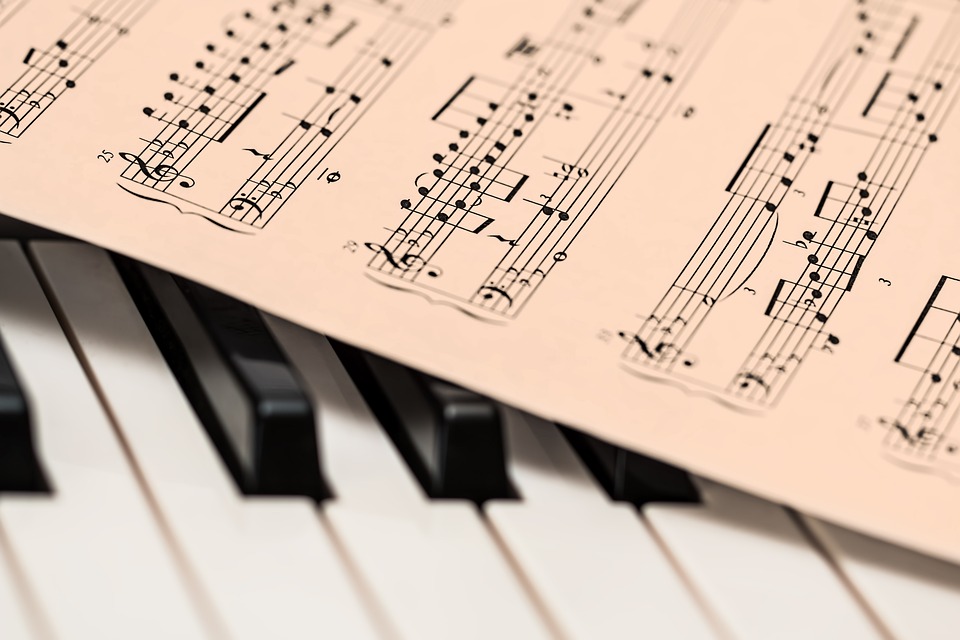The Role of Conductors in Classical Music Ensembles
Introduction
Conductors play a crucial role in classical music ensembles, serving as the central figure that guides the musicians through a performance. Their responsibilities go beyond just keeping time and cues; conductors are also responsible for interpreting the music, shaping the overall sound and dynamics, and ensuring that every member of the ensemble is performing cohesively.
History of Conductors
The role of the conductor in classical music ensembles has evolved over time. In the early days of orchestral music, conductors were not always present, as musicians would often play together without a designated leader. However, as the complexity and size of ensembles grew, the need for a conductor became apparent.
One of the first well-known conductors in history was Ludwig van Beethoven, who famously conducted the premiere of his Symphony No. 9 in 1824. Since then, the role of conductors has become increasingly important, with conductors like Leonard Bernstein and Herbert von Karajan becoming household names in the classical music world.
Responsibilities of Conductors
Conductors have a wide range of responsibilities when leading a classical music ensemble. Some of the key duties include:
1. Interpretation: Conductors are responsible for interpreting the composer’s intentions and conveying them to the musicians. They must have a deep understanding of the music and be able to communicate their interpretation effectively to the ensemble.
2. Rehearsal: Conductors lead rehearsals with the ensemble, working on dynamics, phrasing, and overall sound. They help musicians understand the nuances of the music and ensure that everyone is on the same page.
3. Tempo and Dynamics: Conductors control the tempo and dynamics of a performance, shaping the overall sound and guiding the musicians through changes in speed and volume. They use gestures, facial expressions, and body language to convey their intentions to the ensemble.
4. Cueing: Conductors give cues to musicians, indicating when they should come in or play a certain passage. They must have precise timing and be able to communicate these cues clearly to ensure a cohesive performance.
5. Leadership: Conductors provide leadership to the ensemble, inspiring musicians and creating a sense of unity and purpose. They set the tone for rehearsals and performances and help foster a positive and productive working environment.
Styles of Conducting
There are many different styles of conducting, each with its own approach and techniques. Some conductors are known for their energetic and dynamic gestures, while others are more understated and focused. Conducting styles can vary based on personal preference, musical genre, and the requirements of a particular piece.
Some conductors use a baton to lead the ensemble, while others prefer to conduct with their hands or even without any physical gestures. Each conductor brings their unique style and interpretation to a performance, which can greatly impact the overall sound and feel of the music.
Impact of Conductors on a Performance
The role of the conductor has a significant impact on the overall quality of a performance. A skilled conductor can elevate a piece of music, bringing out its nuances and emotions in a way that resonates with the audience. On the other hand, a poorly trained or inexperienced conductor can hinder the ensemble’s performance, leading to a lack of cohesion and musicality.
Conductors also play a crucial role in shaping the sound and dynamics of a performance. They are responsible for balancing the different sections of the ensemble, ensuring that no one instrument overpowers the others. Conductors also have the power to shape the overall mood and atmosphere of a piece, using tempo and dynamics to create tension, excitement, or beauty.
Conclusion
In conclusion, conductors play a vital role in classical music ensembles, serving as the leaders and interpreters of the music. Their responsibilities are vast and varied, from interpreting the composer’s intentions to shaping the overall sound and dynamics of a performance. Conductors have a significant impact on the quality of a performance, influencing everything from tempo and dynamics to the mood and atmosphere of a piece. Their skill, experience, and artistry can elevate a performance and create a memorable musical experience for both musicians and audiences alike.


